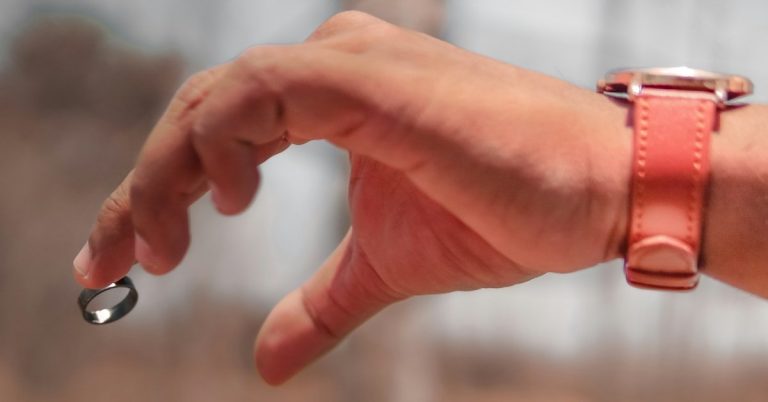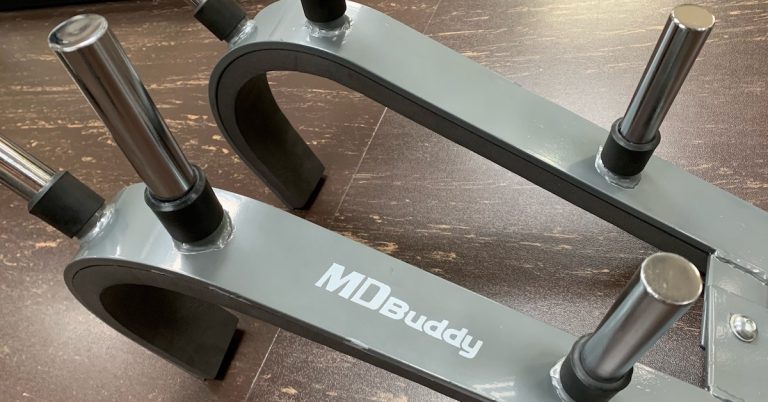In strength training, objective measures ultimately determine recovery. If progress has been made, then sufficient recovery has occurred. You’ll know by the first set:
- If strength increases, continue training.
- If strength does not increase, more rest is necessary.
An absence of muscle soreness is not mandatory for optimal recovery (see Warren et al., 1999), but there are other useful subjective criteria to determine whether you should train on a given day. For instance, the recovery index outlined on page 97 of The Elite Trainer contains both subjective and objective measures to gauge recovery status. Answer all questions within 30 minutes of waking and if you score less than 15, postpone any intensive training for that day. Instead, concentrate on stretching or other restoration methods to enhance the recovery process.
In addition to the recovery index, recent devices such as BioForce HRV and Checkmylevel can be used to confirm whether you should push, back off, or not train at all on a particular day.
Prior to training, sufficient recovery can be determined with the use of a hand-grip dynamometer test for upper body workouts and a vertical jump test for lower body workouts. Record the best of three attempts of either procedure before each workout. If your score is less than 10% of the previous workout, you have not fully recovered and should refrain from training that day. Again, focus on restoration methods instead. The Baseline Smedley Digital Hand Dynamometer is an excellent tool to test grip strength, and the Vertec is the most common device to measure vertical jump height.

Why I Retired My Oura Ring: Navigating the Pitfalls of Orthosomnia and Wearable Tech
In the quest for optimal health, many of us turn to technology for insights, and the Oura Ring has been

Meet my New Fitness Buddy
The front squat is a fundamental exercise that everyone should incorporate into their routine, yet not everyone can execute it

Keeping Up with Current Research (December 2023)
Research is a valuable tool for health and fitness professionals, providing insights to stay ahead in the field. Here are
follow
Error: No feed with the ID 2 found.
Please go to the Instagram Feed settings page to create a feed.
